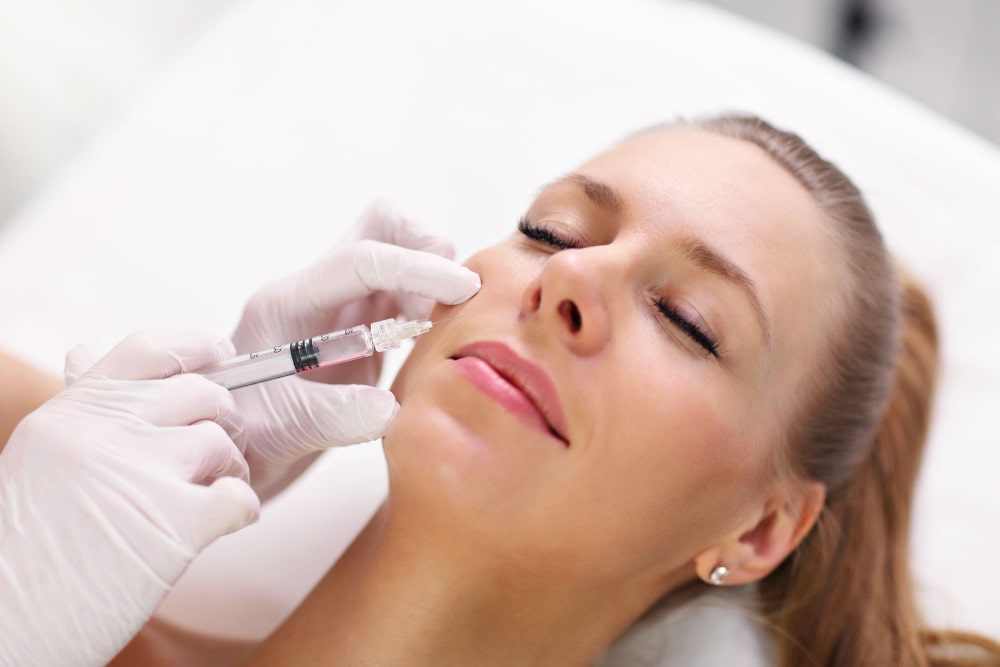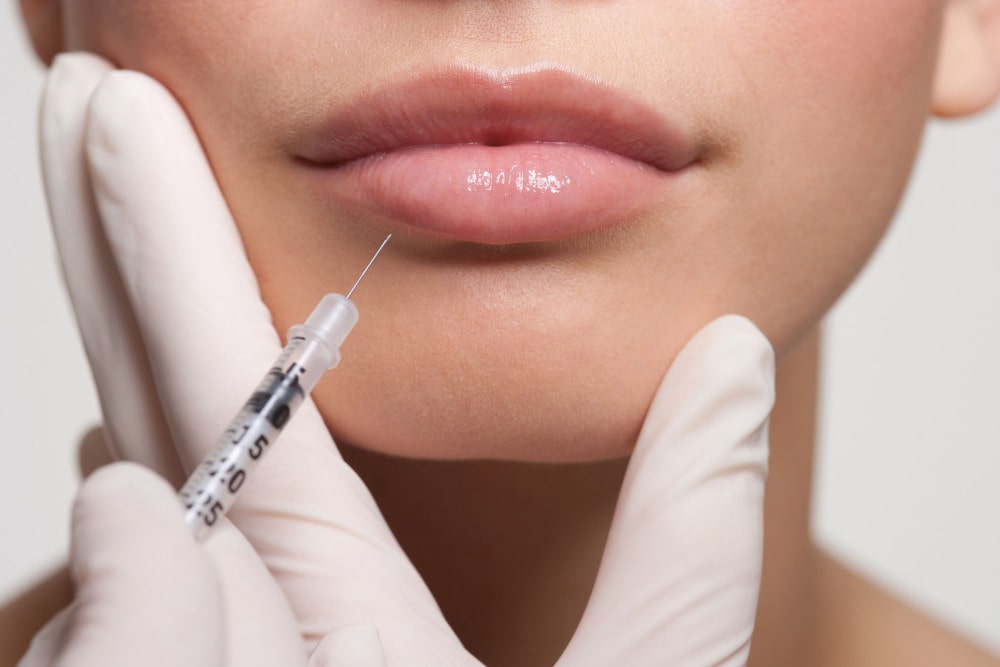
Key Takeaways:
- botox vs fillers: Understand the distinct roles of neuromodulators and volumizing agents.
- Learn what is filler and how it restores lost facial volume.
- Discover the difference between botox and fillers to make an informed choice.
- See the clinical comparison of botox and fillers side by side.
- Evaluate dermal fillers vs botox safety profiles and results.
- Find out what is the difference between botox and fillers when treating lines.
- Understand fillers’ side effects and how they’re managed.
- Decide on botox or filler for smile lines for your best outcome.
Setting the Record Straight
Though clarity begins here, knowing botox vs fillers might seem daunting when evaluating treatment choices. Having over ten years of experience as a board-certified aesthetic injector, I have led hundreds of patients through their decisions with both authority and compassion. Too frequently, marketing hype and social media mix up the distinction between volumizers and neuromodulators — so let us clarify three prevalent myths:
- They’re interchangeable. Botox relaxes muscles; fillers add volume.
- Results appear overnight. Each injectable follows its own timeline for onset and settling.
- One treatment fits all. Your unique anatomy and goals demand a personalized plan.
Clarifying these differences not only guarantees better outcomes but also helps you trust the knowledge of your provider. Ready to go deeper? Visit our Dermal Filler service page and our Botox treatment page to discover how each treatment might be customized for you.
What Is Botox?
Botox is a purified protein derived from botulinum toxin type A. Unlike fillers, which physically restore volume, Botox functions as a neuromodulator by blocking nerve signals to muscles, effectively preventing the repetitive movements that cause expression lines.
- Mechanism of action: A tiny dose is injected into specific facial muscles, causing temporary relaxation.
- Onset and duration: Results emerge in 3–7 days, peak at two weeks, and last 3–4 months.
- FDA-approved areas:
- Forehead lines
- Glabellar “11” lines
- Crow’s feet
Off-label and adjunctive uses include treatments for hyperhidrosis (excessive sweating), chronic migraines, and even jaw slimming for TMJ relief. This versatility has contributed to Botox’s stellar safety record, backed by long-term studies from the Mayo Clinic and Health Canada.
Before your session, you’ll receive a detailed assessment to map injection points. Most clients report only mild discomfort — comparable to a light pinch. Post-treatment, you can return to work immediately, though we recommend avoiding intense exercise and excessive heat for 24 hours.
What Are Dermal Fillers?
Dermal fillers encompass a family of injectable gels designed to add volume, contour, and hydration where it’s been lost over time. Here’s a closer look at their composition and applications:
- Hyaluronic Acid (HA):
- A naturally occurring molecule that binds water, plumping tissue instantly.
- Safely dissolved with hyaluronidase if needed .
- Calcium Hydroxylapatite (CaHA):
- Denser particles that provide structural support to deeper folds.
- Stimulates collagen production over months.
- Poly-L-Lactic Acid (PLLA):
- Biostimulatory, encouraging gradual volume build-up over 2–3 sessions.
Common treatment areas:
- Nasolabial folds (smile lines)
- Midface (cheek augmentation)
- Lips and perioral lines
- Under-eye hollows
- Chin prominence and jawline definition
Injection techniques vary:
- Needle: Precise placement for fine lines.
- Cannula: Fewer entry points, reduced bruising for larger areas.
Longevity depends on product type, injection depth, and individual metabolism — ranging from 6 to 18 months for most HA fillers. Smart layering of different fillers can mimic the natural architecture of youthful skin, delivering both support and subtle hydration.

Botox vs. Fillers: A Clinical Comparison Table
Combining injectables — often dubbed the “liquid facelift” — leverages the muscle-relaxing power of neuromodulators with the structural lift of volumizers. Here’s how they compare side by side:
| Feature | Botox | Dermal Fillers |
| Mechanism | Neuromodulator: blocks muscle signals | Volumizer: injects gel to restore shape |
| Primary Use | Dynamic wrinkles (forehead, crow’s feet) | Volume loss (cheeks, lips, folds) |
| Onset of Effect | 3–7 days | Immediate to 2 weeks |
| Duration | 3–4 months | 6–18 months (type-dependent) |
| Downtime | Minimal | Minimal; slight swelling possible |
| Reversibility | Not reversible | HA fillers reversible with enzyme |
Use this as a roadmap — but remember, the best approach often blends both in a customized formula. Combining treatments can address dynamic lines with Botox while filling hollows and lifting areas that have lost youthful volume.
Safety, Side Effects
Injectable treatments are medical procedures that require strict standards:
- Contraindications: Pregnancy, breastfeeding, neuromuscular disorders, active infections.
- Pre-treatment screening: A thorough medical history and review of medications minimize risk.
- Common reactions:
- Botox: Mild bruising, temporary headache, very rare eyelid ptosis.
- Fillers: Redness, swelling, bruising, occasional lumpiness.
- Rare complications:
- Infection
- Vascular occlusion (very low risk with expert technique)
- Tyndall effect (bluish tint under thin skin, correctable)
At Philosophy of Beauty, we adhere to stringent aseptic protocols and use ultrasound guidance for high-risk areas when indicated. Our commitment to safety is unwavering:
“Patient safety is always the top priority in aesthetic medicine. We adhere to strict protocols and only use Health Canada -approved products,”
— Sharon Churikov, RN, BSCN, Nurse Injector at Philosophy of Beauty
Which Treatment Is Right for You?
Deciding between neuromodulators and volumizers — or combining both — depends on:
- Age and skin condition: Early wrinkles respond well to Botox, whereas volume loss benefits more from fillers.
- Specific concerns: Dynamic movement lines versus static folds or facial hollows.
- Lifestyle and budget: Maintenance frequency varies — Botox every 3–4 months; fillers every 6–18 months.
- Aesthetic goals: Preventative smoothing, structural contouring, or full-face rejuvenation.
Your journey begins with an in-depth consultation where a thorough skin analysis is performed to help map the ideal treatment plan. Whether you’re weighing botox or filler for smile lines or exploring full-face correction, professional guidance ensures you invest wisely and safely.
Book your personalized consultation to discover which injectable is right for you.
Informed Choices Lead to Better Results
To sum up, Botox and dermal fillers have different but complementary functions: one relaxes overactive muscles to smooth dynamic wrinkles, while the other restores volume and structural support. Knowing the mechanism, onset, duration, and safety of every treatment as well as professional knowledge helps you to produce balanced, natural-looking outcomes.
When customised carefully, the synergy of combining these therapies can mimic the effects of a surgical facelift — without the scalpel. Rely on a qualified practitioner, give safety top priority, and accept the assurance that results from looking — and feeling — your best.
Ready for a transformation that feels authentically you? Schedule your free consultation today and step into a rejuvenated future.

FAQs: Common Concerns about Dermal Fillers vs. Botox
Q: How long do results last?
A: Botox typically endures for 3–4 months; fillers vary by product, lasting 6–18 months.
Q: Can I combine treatments in one visit?
A: Yes — many clients appreciate the convenience of simultaneous neuromodulator and filler sessions.
Q: Is the treatment painful?
A: Topical numbing, vibration devices, and fine-gauge needles or cannulas minimize discomfort; most clients report only mild pinching.
Q: Can complications be corrected?
A: HA fillers can be dissolved with hyaluronidase; vascular issues are rare but treatable when addressed promptly.
